Western Sahara hosts the second largest wall in the world, coming up short only to the Great Wall of China. This wall, known as the Berm, is 1600 miles long, 10 feet tall, and made of sand. The Berm runs all the way from Western Sahara’s southern border with Mauritania, to its northern border with Morocco. It separates the territory with the portion controlled by Morocco to the west, and the portion controlled by the Polisario Front to the east. Surrounding the Berm is a UN-monitored buffer zone to support the ceasefire established in 1991. On November 13, 2020, the Royal Moroccan Armed Forces entered the buffer zone near Guerguerat and ended a 29 years-long ceasefire between Morocco and the Polisario Front.
Western Sahara falls under the UN classification of a Non-Self-Governing Territory, meaning that its “people have not yet attained a full measure of self-government.” It is a territory on the northwest coast of the African continent, and was under Spanish colonial rule until 1976. Spain failed to facilitate a transmission of political power to indigenous Sahrawis when they withdrew in 1976. This led to a power struggle over the territory between Morocco, Mauritania, and the Polisario Front, which represented native Sahrawis and was backed by Algeria. Mauritania renounced all claims to the territory in 1979 while Morocco and the Polisario Front remain in opposition to this day. In 1991, the UN Security Council established the United Nations Mission for the Referendum in Western Sahara (MINURSO) with the intent to facilitate the holding of a referendum in which the people of Western Sahara would choose between independence and integration with Morocco. A ceasefire was also established at this time. Morocco currently occupies approximately 80% of the territory.
The 2020 Trump Administration unilateral declaration has had negative impacts on Sahrawis. Despite the fact that Morocco’s occupation of Western Sahara is illegal under international law, some international actors have recognized Morocco’s sovereignty over the territory. In December 2020, US President Trump unilaterally recognized Morocco’s sovereignty over Western Sahara, via tweet, as part of a strategy to regularize relationships between Morocco and Israel. This declaration drastically increased the vulnerability of Sahrawis under Morocco’s repressive occupation, and ignored long-standing efforts from the UN to achieve a satisfactory solution for all parties involved.
Morocco has a long record of violent repression of Sahrawis, and particularly Sahrawi human rights defenders, who speak out against Moroccan occupation. Moroccan authorities routinely abuse and arbitrarily imprison Sahrawi activists. The Moroccan state systematically violates Sahrawis’ rights to freedom of expression, assembly, and association; it often restricts Sahrawis’ movement within and between the occupied territories; and media and journalism are severely restricted in order to inhibit international awareness of the human rights situation. Despite these significant human rights abuses in Western Sahara, MINURSO still lacks a human rights monitoring mandate to date.
In November 2022, Morocco will go before the UN Human Rights Council for their Universal Periodic Review. During the Review the HRC will evaluate the human rights situation in Morocco, and Morocco-controlled areas in Western Sahara, based on reports submitted by the State, civil society stakeholders, national human rights institutions, and UN Comments restricted to single page entities and independent experts. RFK Human Rights, in collaboration with the Nushatta Foundation for Media and Human Rights, the Sahrawi Organ against the Moroccan Occupation (ISACOM), and Right Livelihood, submitted a report to the HRC highlighting Morocco’s continued violation of Sahrawis’ right to self-determination and other fundamental human rights, and making recommendations to address this situation. Read our report and summary factsheet here.

